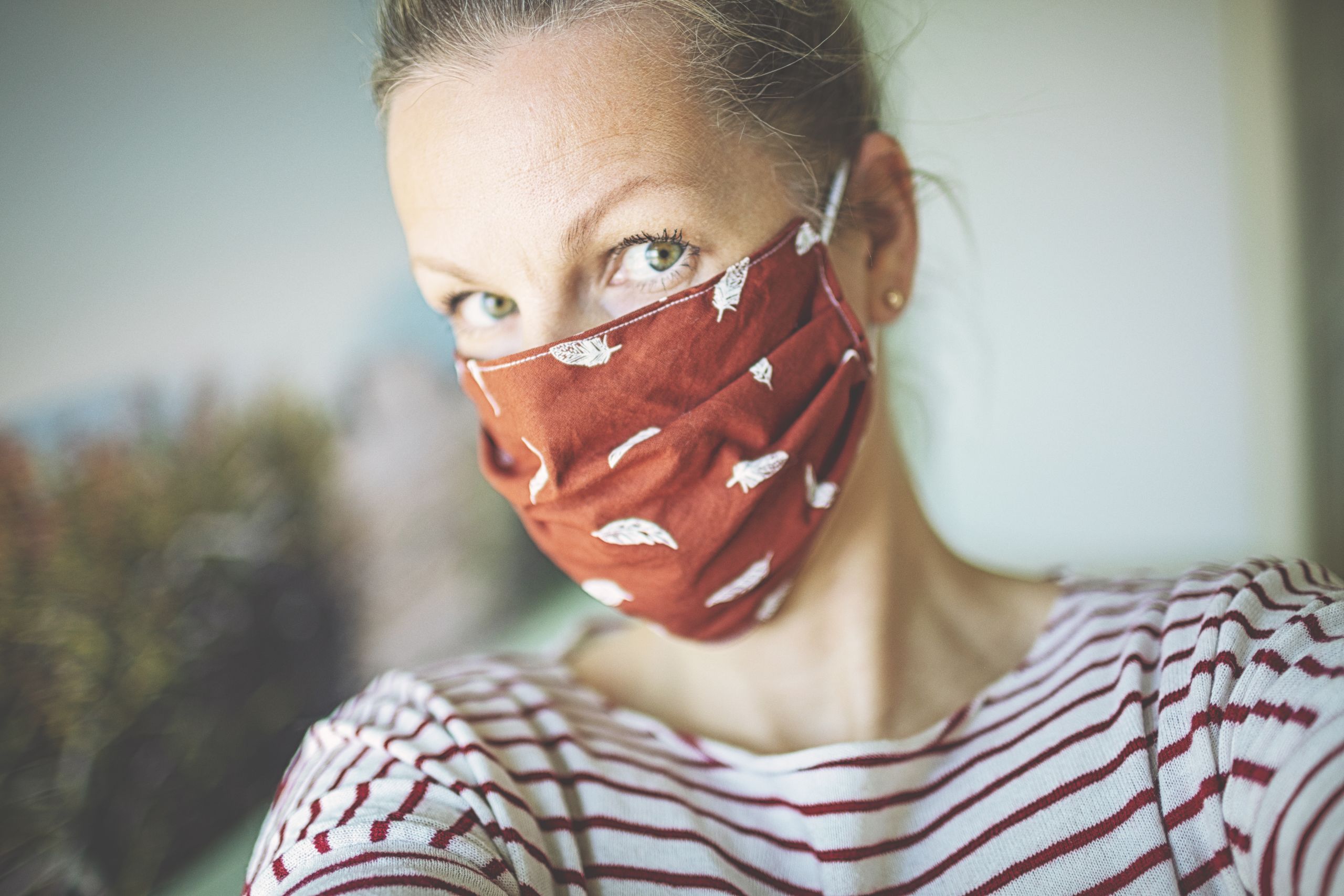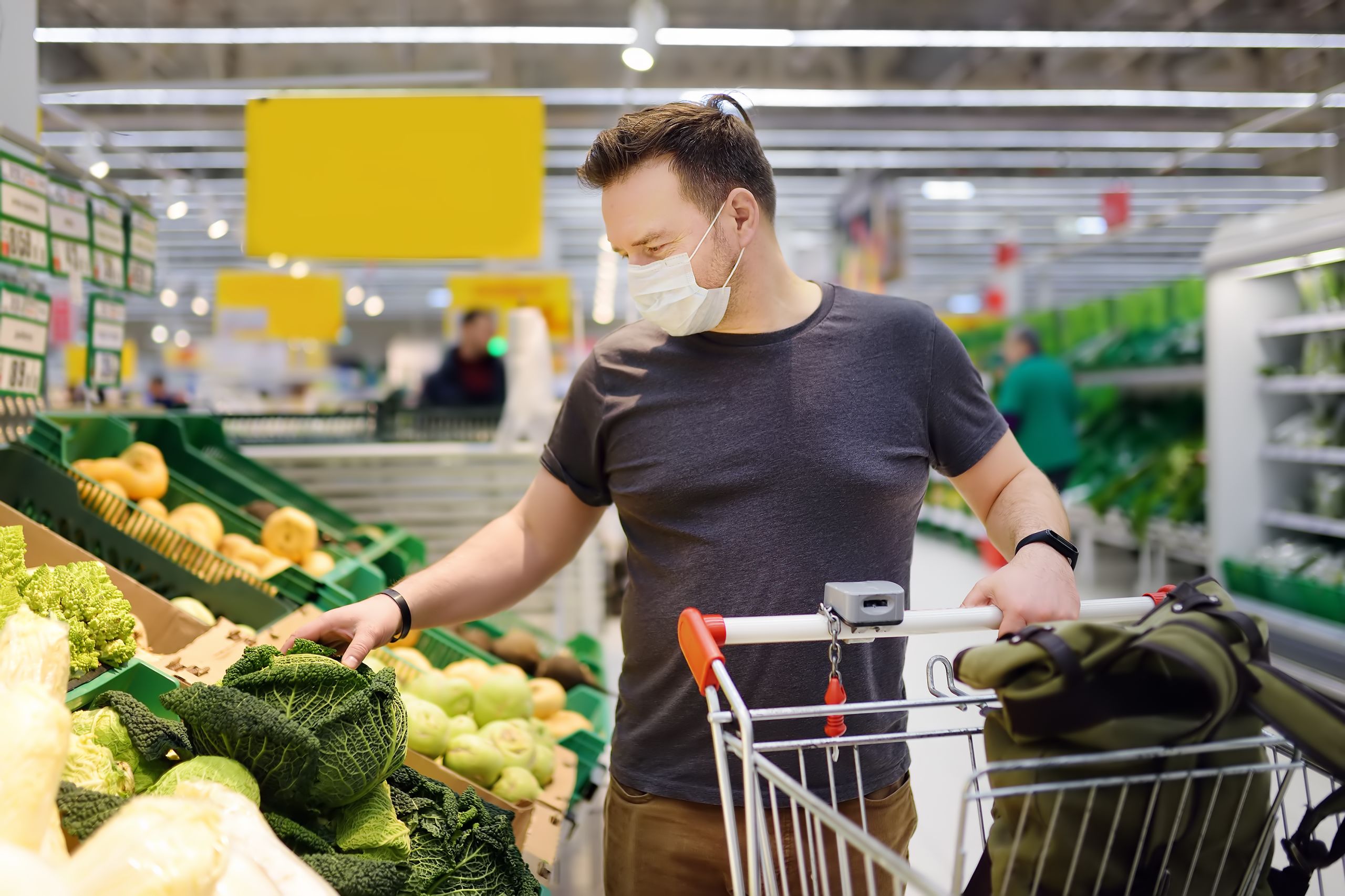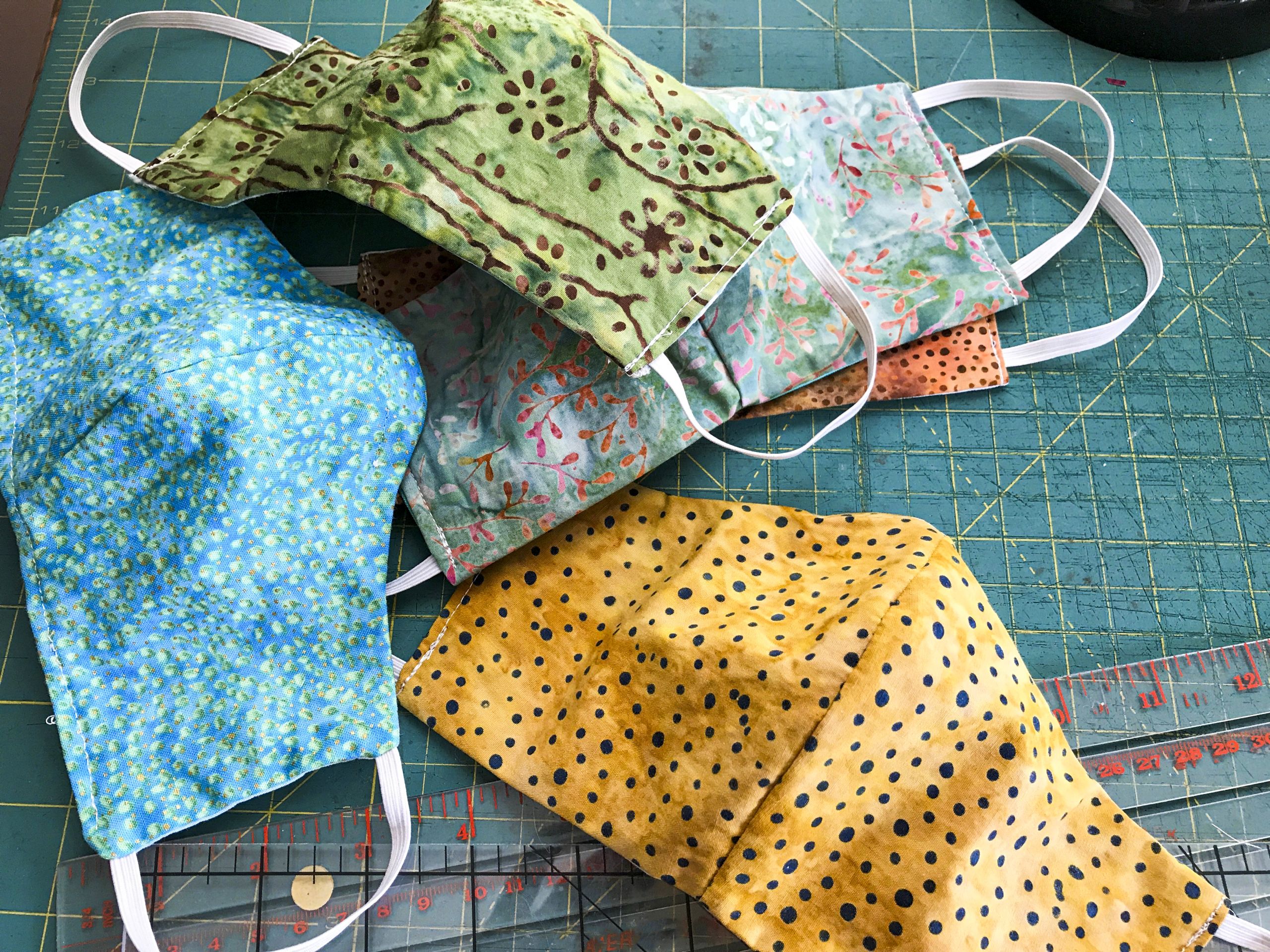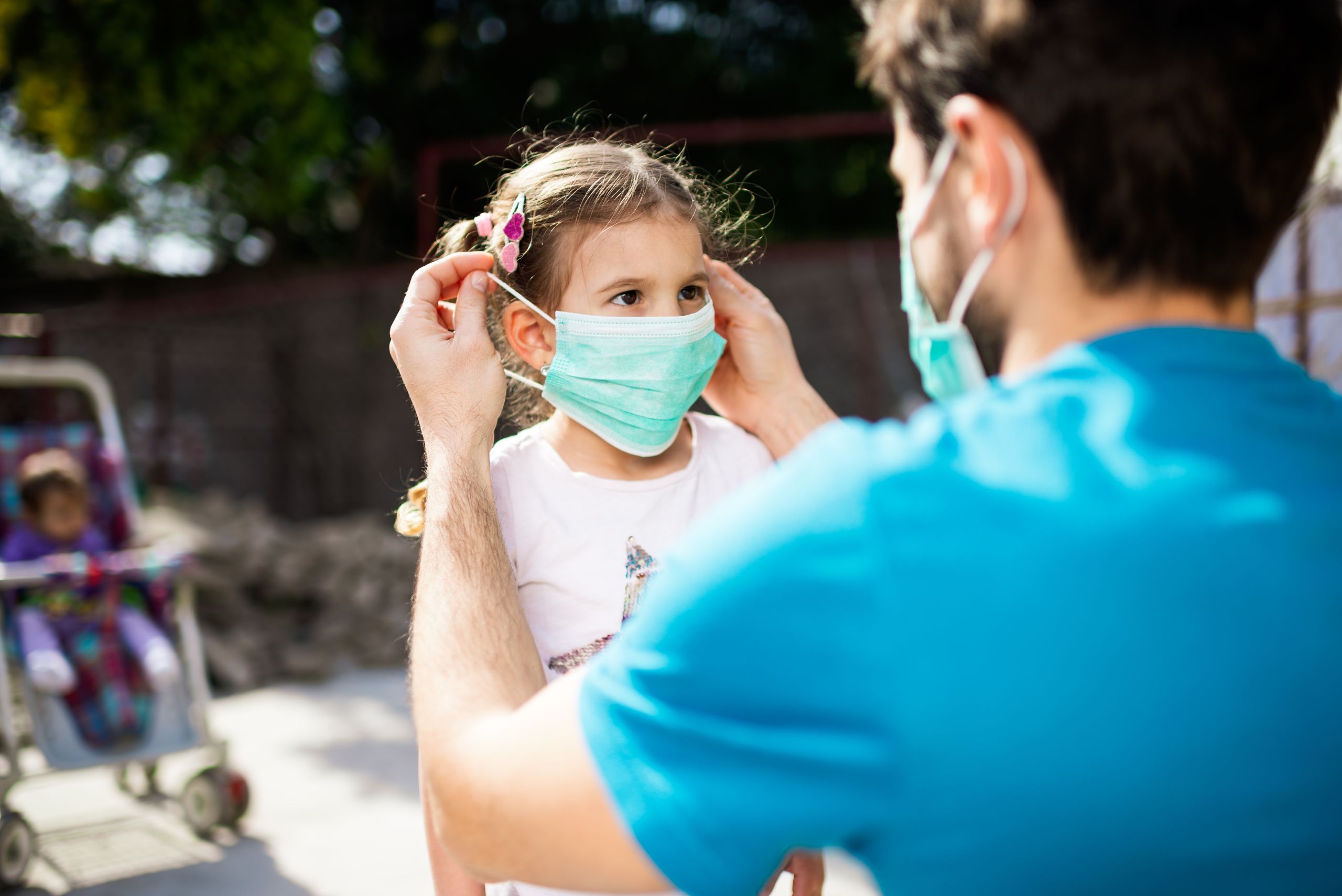AVOIDING COMMON
MASK MISTAKES
UH College of Medicine Professor on Proper Fit, Storage and Cleaning

The Centers for Disease Control and Prevention recommends wearing cloth face coverings to slow the spread of COVID-19, but not everyone is wearing or caring for them correctly according to Dr. Ruth Bush, vascular surgeon and associate dean for medical education at the University of Houston College of Medicine. From proper fit to storage and cleaning, there are several variables that can impact the effectiveness of your mask.

Ruth L. Bush, M.D., J.D., M.P.H.
Ruth L. Bush, M.D., J.D., M.P.H.
Dr. Bush addresses some common mask mistakes and shares best practices for maximum protection in the following Q&A.
We often see people out in public wearing masks that don’t cover their nose. What parts of your face should your mask cover for it to be most effective?
The mask should fully cover the nose resting on the bridge or midpoint of your nose, mouth and chin. You should wear a mask because when you talk, cough or sneeze, you may release tiny drops into the air that can infect others. Masks protect others from you because a significant portion of individuals with coronavirus don’t have symptoms but can still transmit the virus to others.

Mask are meant to be loose-fitting but without gaps between the mask and your face unless you are wearing a medical grade mask, which is specifically fitted to your face. Some surgical masks have a stiffer bendable top edge so that it will fit more snuggly across the nose. The bendable side should be molded to the bridge of your nose.
What are some of the most common mistakes you’ve seen regarding face masks?
One of the most common mistakes is causing cross contamination. This occurs when someone touches under their mask or touches someone or a surface (a door handle, a box or can in the grocery store) and then touches their mask. Avoid cross contamination! Don’t reach for a product in the store and then reach up and adjust your mask. Also, avoid reaching under your mask if you have an itch. If you have to cough or sneeze, do so directly into your mask.
What are a few best practices? For instance, what should you do before putting the mask on?
Masks are most effective when used in combination with frequent hand-cleaning with alcohol-based hand gel or soap and water. Clean your hands for 20-seconds with soap and water or apply alcohol-based hand sanitizer before donning the mask and before removing it. Avoid touching the mask while using it. If you do, clean your hands immediately and put it back on by picking it up by the ties, loops or rubber ear bands. Also, remove the mask by the ties, loops or rubber ear bands. Avoid touching the front of the mask, which may be contaminated.
If you have to re-wear a mask, place it in a paper bag. This will allow for any dampness to dry. Avoid plastic bags or plastic containers that hold in moisture.

How often should you clean a reusable cloth mask? Also, how many uses can you get out of a disposable mask before you need to replace it?
Ideally, you should wash a cloth mask after each use in warm, soapy water or frequently machine-wash them. So, it is good to have several. Definitely wash a cloth mask if it is wet, if you have been coughing or sneezing, or have been around others that are coughing or sneezing. You should never re-wear a mask that hasn’t been washed, as that may result in the spreading of germs. Replace disposable masks if they become dirty or wet, definitely after a day of use, if possible.

What would you say to people who choose not to wear a mask in public? Are they doing more potential harm to themselves or others?
People have the right to make their own choices, but they also need to respect those around them. Those other people go home to families, maybe an older parent or an immunosuppressed spouse. Or they work with these kinds of people: older people, the vulnerable or those with comorbidities who all may be more susceptible to COVID-19. The science is behind wearing a mask, even a homemade mask. As Matthew McConaughey said – “a mask is about letting science catch up”. It is about buying time until our hospitals are empty, our health care workers are rested, and until there is a treatment and a vaccine. I wear a mask to protect you.
Learn more about the UH College of Medicine at uh.edu/medicine
